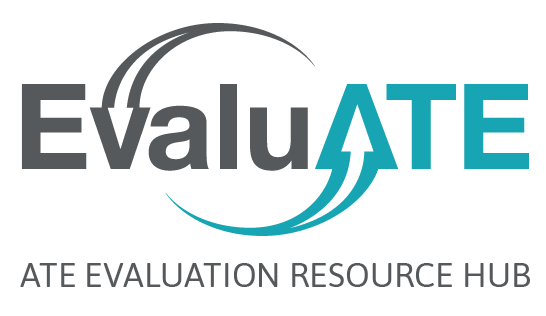
Hi! I am Mary Siegrist from IMSA, a research and evaluation company located in Colorado. I would like to talk about needs assessment and why it is an important step in an evaluation process. So many projects skip this step and jump right into implementing a solution.
What is a needs assessment? It is a study of the current knowledge, ability, interest, or attitude of a defined audience or group. This definition can be broken into two goals:
Goal 1: To learn what your audience already knows and thinks, so that you can determine what educational services are needed. Think of it in terms of what is the current state of skills, knowledge, and ability of current individuals.
Goal 2: To understand what you can do to make your educational services more acceptable and useful to your audience.
And when a needs assessment is properly thought out, it will provide the following information:
- Impact: Insights about how education and training can impact your audience
- Approaches: Knowledge about educational approaches that may be most effective
- Identification of gaps in available training
- Outcomes: Information about the current situation that you will use to document outcomes in your logic model
- Demand: Knowledge about the potential demand for future programs and products
- Credibility that the program is serving the target audience
Ready to start but not sure how? Begin with developing a needs assessment plan. This plan will be a description of the what, when, who, how, and why of your project. Use these seven steps to help with writing your needs assessment plan.
- Write objectives: What do you want to learn?
- Select audience: Who is the target audience?
- Select audience sample: How will you select sample audience?
- Pick an instrument: What will you use to collect the data?
- Collect data: How will you collect data?
- Analyze data: How will you make sense of the data that will be gathered?
- Follow-up: What will you do with this information?
Have I convinced you yet? A needs assessment allows you to demonstrate the foundation of your logic model to funders. Because most funding sources insist that a project be evaluated, the information in a needs assessment helps form the basis for a program evaluation.
An example:
A university decided to develop a GIS (Geographic Information System) program for their undergraduate students but wanted to make sure the program would teach the students the GIS skills that their community businesses were looking for when hiring new employees. A needs assessment was conducted in the community. The businesses that utilize GIS technology were contacted by phone and in person and asked what skills they would like to see in potential new hires. Based on this information, the university created curriculum that ensured their students graduated with these skills.
Next time you write your proposal to ATE to fund a new idea, consider including a needs assessment in the first year of the grant.

Except where noted, all content on this website is licensed under a Creative Commons Attribution-NonCommercial-ShareAlike 4.0 International License.






 EvaluATE is supported by the National Science Foundation under grant number 2332143. Any opinions, findings, and conclusions or recommendations expressed on this site are those of the authors and do not necessarily reflect the views of the National Science Foundation.
EvaluATE is supported by the National Science Foundation under grant number 2332143. Any opinions, findings, and conclusions or recommendations expressed on this site are those of the authors and do not necessarily reflect the views of the National Science Foundation.